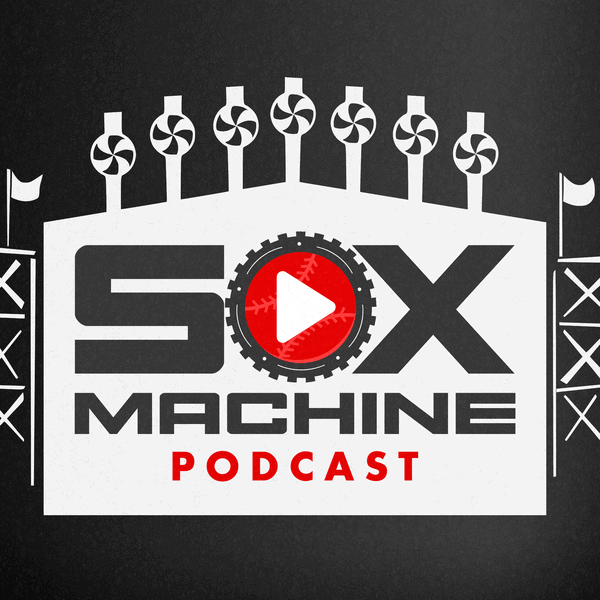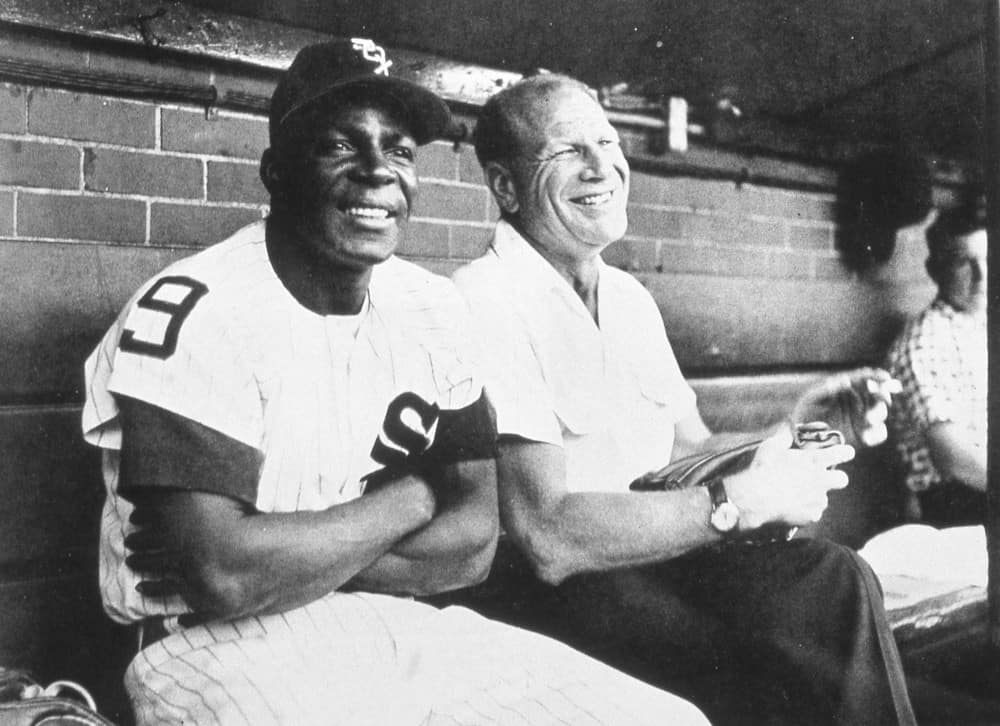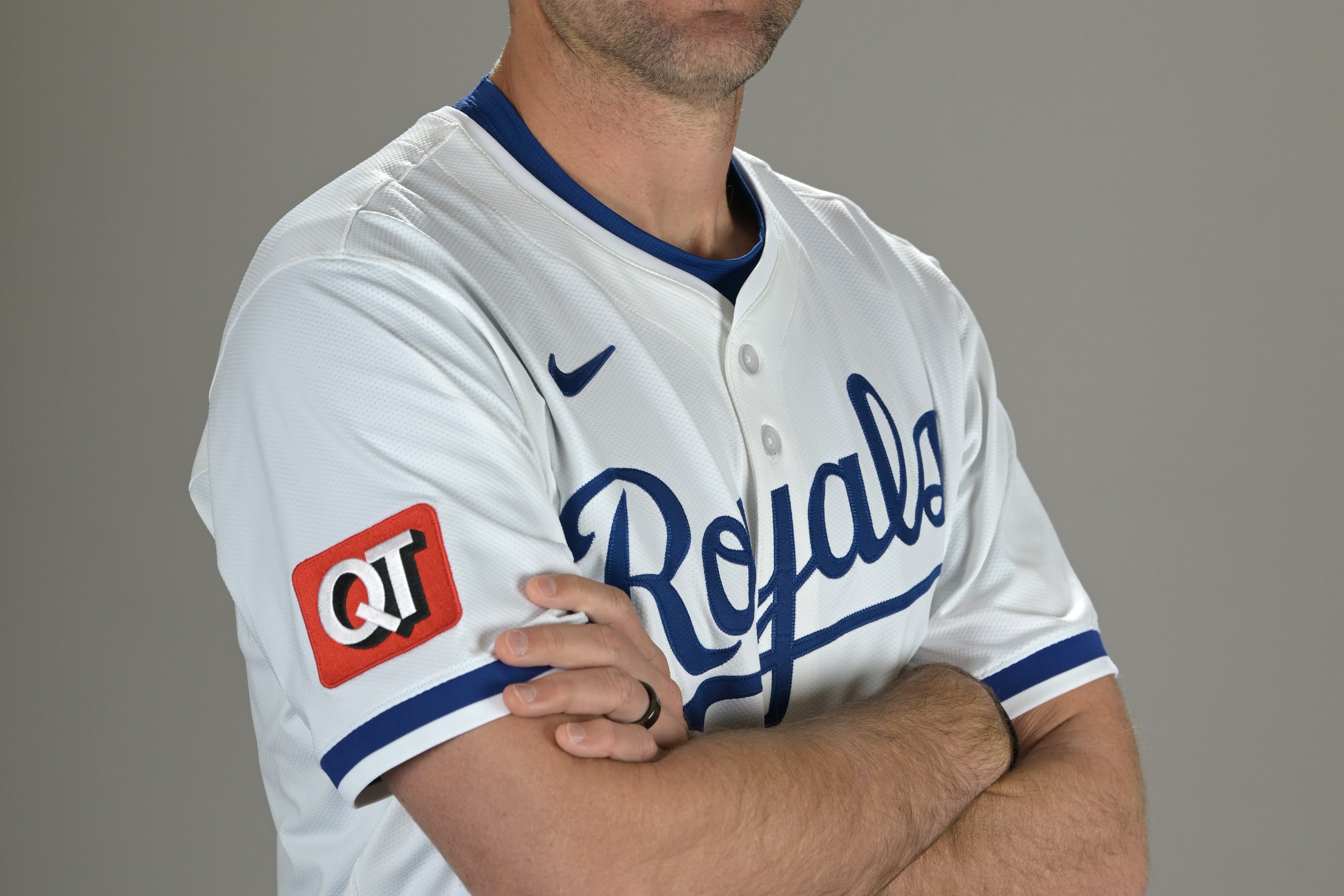When Mark Buehrle logged 11 percent of the vote in his first year on the Hall of Fame ballot, it marked a decent initial step in a case that could gain appreciation over time.
There was also the chance that 11 percent could be his high-water mark. Perhaps a voter here and there just wanted to give him a nod for making their jobs easier in case they didn't get a second chance, but they ultimately lack enthusiasm for his résumé as newer, better candidates garner more attention.
Alas, Buehrle might be facing the latter fate. As Ryan Thibodaux's Hall of Fame tracker rumbles toward 100 ballots, Buehrle is running below the 5 percent threshold required to reach a third ballot. Buehrle's polling at 4.1 percent, with three votes already lost.
In another vote total I'm watching, Billy Wagner has gained four votes at this point, and he's hovering around 50 percent. And thanks to Jay Jaffe at FanGraphs, I'm suddenly watching Joe Nathan's total as well.
Nathan probably won't be a threat to darken Cooperstown's doors, at least through the BBWAA, but Jaffe thinks he should get Wagner-like consideration, sees other thinking the same. He voted for Nathan on his ballot, not necessarily because he thinks Nathan deserves entry, but because he warrants longer consideration.
Like Wagner, Nathan fares better via R-JAWS than by traditional JAWS. He’s short on innings (923.1, just 20.1 more than Wagner) because he didn’t stick in the majors as a reliever until age 28, and missed nearly three full seasons due to shoulder surgery (labrum and rotator cuff) and two Tommy Johns. But he’s hardly short of high-impact innings, which is why he’s fifth in WPA among pitchers who made at least half their appearances as relievers, and seventh in R-JAWS, just below Wagner. Among pitchers who faced at least 1,500 hitters in high-leverage situations (aLI > 1.5), his .592 OPS against (.200/.280/.312) is the lowest. While not as dominant as Wagner or Mariano Rivera, he did a very Rivera-like job over the 2003-13 stretch, posting a 2.24 ERA, 2.57 FIP and 30% strikeout rate while notching 340 of his 370 saves. Like Wagner, Nathan’s postseason work wasn’t much to write home about, but we’re talking about 10 innings spread over six series, of which only two saw him throw more than a single inning; it’s tough to ding him for such small samples. [...]
In the end, the ballot status and current shares of the vote for this quintet offers a clear solution. Nathan has netted just one vote (!) from among the 89 ballots published in the Tracker, and while I’ve been led to believe more are coming for him via as-yet-unpublished ballots, it’s clear that he needs all the help he can get even to remain in the discussion. If I’m not fully convinced he’s a Hall of Famer, I’m 100% certain he deserves a longer look, and so he gets my vote.
Jaffe didn't vote for Buehrle, and that's fine. Buehrle doesn't have the strongest case, and Jaffe is cool to it, which is his right. I'm more annoyed by Joe Cowley dropping Buehrle from his 10-player ballot while retaining Omar Vizquel, whose pending sexual harassment allegations have led to a drastic drop in support (update: the domestic abuse charges were apparently disregarded in court, although no announcement has been made pertaining to MLB's investigation).
It's also wise that Jaffe sees Nathan's case as similar to Wagner's, at least enough to evaluate them in tandem. But to me, it seems like the level of Nathan appreciation should inform the Wagner discussion more than Wagner's current clip should inform Nathan's chances. Nathan might not even be the most accomplished non-Wagner closer on the ballot, because Jonathan Papelbon is also there.
| Closer | G | IP | SV | BB% | K% | ERA+ |
|---|---|---|---|---|---|---|
| Wagner | 853 | 903 | 422 | 8.3 | 33.2 | 187 |
| Nathan | 787 | 923.1 | 377 | 9.1 | 25.9 | 151 |
| Papelbon | 585 | 725.2 | 368 | 6.3 | 27.5 | 177 |
Nathan has an edge in innings due to the two years he spent as a starter for the Giants at the turn of the century, and loses the edge in ERA/ERA+ because of his lack of success there. Wagner and Papelbon spent their entire carers as reliever, so it's not quite apples/apples between them. Compare their peaks as a closer, and they're pretty similar:
| Closer peaks | G | IP | SV | BB% | K% | ERA+ |
|---|---|---|---|---|---|---|
| Nathan, 2002-13 | 675 | 675 | 340 | 7.6 | 29.9 | 196 |
| Papelbon, 2006-15 | 635 | 656.2 | 349 | 5.8 | 28.2 | 185 |
I didn't include Wagner because his entire career is basically a peak except for one bad year in the middle of it all. Between the other two, Nathan has the superior run, especially considering he has a big edge in unearned runs allowed (10 to 27). So it'd appear that Papelbon isn't really worth considering on Nathan's level.
Except then you look at postseason careers:
| Closer | G | SV | IP | H | HR | BB | K | ERA |
|---|---|---|---|---|---|---|---|---|
| Wagner | 14 | 3 | 11.2 | 21 | 3 | 2 | 13 | 10.03 |
| Nathan | 10 | 1 | 10 | 14 | 2 | 8 | 12 | 8.10 |
| Papelbon | 18 | 7 | 27 | 14 | 0 | 8 | 23 | 1.00 |
Wagner's teams lost six of seven series. Nathan's teams reached the postseason six times, and it went 0-6 in those postseason series, including a blown save in Game 2 of the 2009 ALDS, the only game he had a chance to affect.
Meanwhile, 17 of Papelbon's 18 October appearances were scoreless, with a blown save accounting for all three runs on his tab in his final postseason save attempt. But at least he had a wealth of other successes to point to.
Nathan was lousy in October, just like Wagner was lousy in October. And while the postseason shouldn't make or break a guy's chances due to an unequal amount of opportunities across teams and eras, when a pitcher throws fewer than 1,000 innings, it seems like his case should be considered naturally flimsy, and thus reliant on any and every big-game performance in order to distinguish himself.
As it stands, I don't know how one is going to distinguish Wagner from Nathan from Papelbon from Francisco Rodriguez from Aroldis Chapman from Craig Kimbrel from Kenley Jansen over the coming years, and I'm not sure why the door is being propped open for them when guys who threw four times as many innings are shrugged off.
Let's go back to Nathan. In Jaffe's career summary of Nathan, he details Nathan's attempt to hang as a starting pitcher.
Filling in for injured Giants starter Mark Gardner, he made his major league debut on April 21, throwing seven shutout innings against the Marlins, then went eight innings and allowed two runs against the Expos a week later. After spending most of May in the big league bullpen, he returned to the minors but rejoined the rotation in August, and finished the year with a respectable 4.18 ERA but much shakier 5.95 FIP in 90.1 innings; walks and homers (4.6 and 1.7 per nine, respectively) were a problem.
Nathan spent 2000 bouncing between the Giants’ rotation and the injured list due to shoulder inflammation and tendinitis, finding only limited success; seven of his 15 starts were quality starts, but he walked more batters than he struck out and finished with a 5.21 ERA and 5.65 FIP in 93.1 innings. He didn’t pitch after September 11 due to recurrent shoulder pain, and that winter, he underwent surgery on his rotator cuff and labrum. He spent all of 2001 in the minors, getting rocked for a 7.29 ERA in 108.1 innings and at one point surrendering four consecutive homers in a Pacific Coast League game; his fastball bottomed out at 83 mph.
It's a little trite, as well as increasingly incorrect, to say that closers are merely failed starters. That said, Nathan made his debut the same year as Hudson, and a year before Buehrle, in the same role that they conquered, and he couldn't come close to holding up. He then shifted to a far easier job that naturally sets up pitchers to succeed. When the Hall of Fame ballots arrive a decade or so later, Nathan can elbow out guys who shouldered more than three times the workload.
- Buehrle: 3,283 IP
- Hudson; 3,127 IP
- Nathan: 923 IP
- Wagner: 903 IP
This development is just the weirdest thing to me. Say what you will about Lee Smith's induction, but at least he approached 1,300 regular-season innings. That's the same as Rivera, who also threw a whopping 141 incredible postseason innings, making him an entirely different animal. The closer the innings totals have drifted toward 1,000 -- and without any kind of postseason success to augment the relatively meager regular-season outputs -- the less I understand the pull. Bruce Sutter currently has the lightest workload of any Hall of Fame pitcher at 1,042 innings, and his election was one of the more controversial ones. Wagner and Nathan would take that low bar and bury it.
Perhaps the recent experience with Kimbrel on the White Sox has made me more sensitive to the reflexive elevation of the closer role. It was strange to hear him referred to "a future Hall of Famer" in the same passages that suggested his constitution was so delicate that he couldn't pitch eighth innings as effectively as he could handle the ninth. How is that a job to be immortalized, at least on par with starting pitchers and full-time position players?
The number of people who can achieve what Buehrle and Hudson did are dwindling. The Wagners, Nathans, Papelbons, etc., are growing in legion. as the game battles an unwelcome parade of interchangeable relievers recording 15 strikeouts per nine, it's worth wondering which pitchers are truly worth remembering.
(Photo by Keith Allison)






